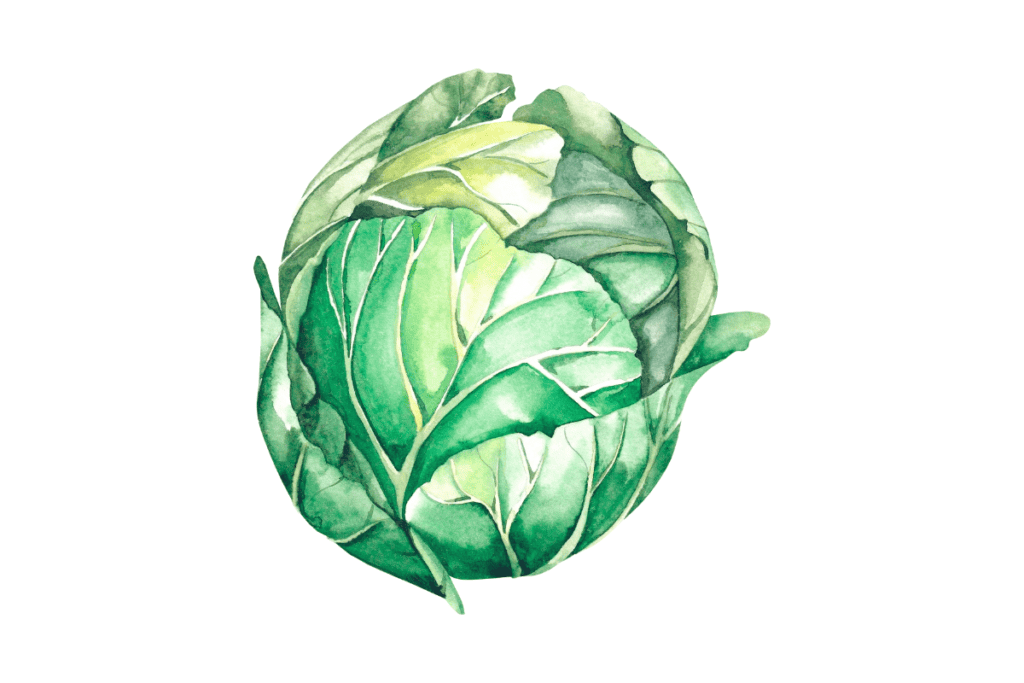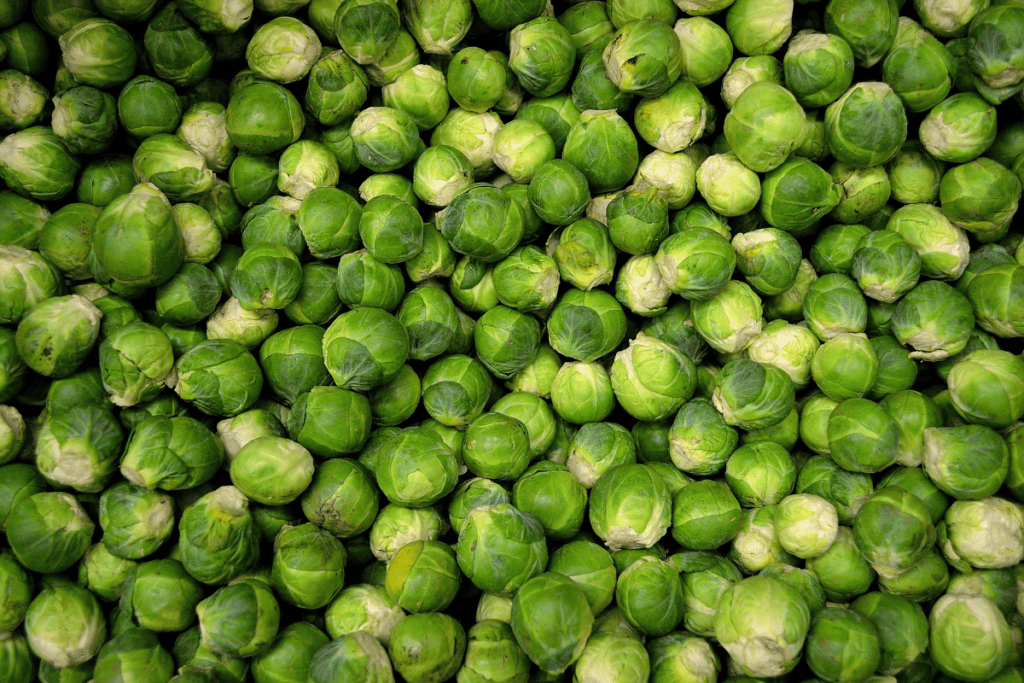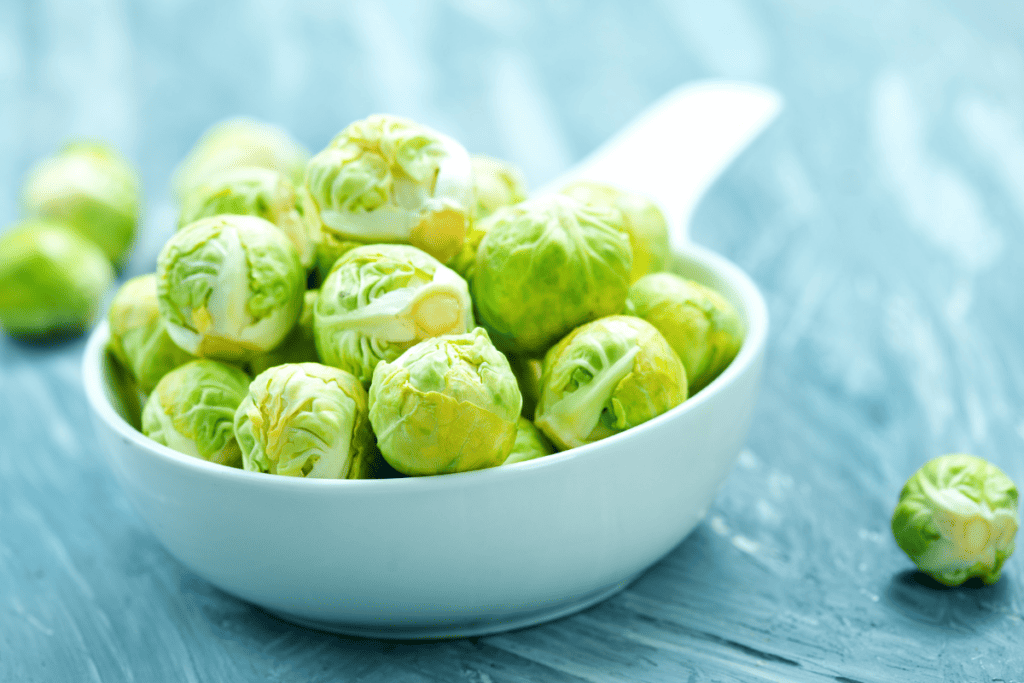Introduction How to Grow Brussels Sprouts from Seed

Brussels sprouts, a mini cabbage-like vegetable, have gained popularity for their unique flavor and numerous health benefits. Growing them from seeds not only provides a sense of accomplishment but also ensures a fresh and organic supply. Let’s dive into the process of How to Grow Brussels Sprouts from Seed, cultivating Brussels sprouts from seeds, and enjoy the rewards of homegrown goodness.
Choosing the Right Seeds
To kickstart your Brussels sprout journey, invest in high-quality seeds. Consider your local climate and soil conditions when making your purchase. Whether you choose to buy from a local nursery or order online, make sure the seeds are reputable and well-suited for your region.
Preparing the Soil
The success of your Brussels sprout harvest begins with the soil. Ensure it is well-draining, nutrient-rich, and has the appropriate pH levels. Adequate aeration and proper drainage are crucial factors in providing a healthy environment for your sprouts to thrive.
Planting the Seeds
Timing is key when planting Brussels sprout seeds. Determine whether to start them indoors or sow them directly outdoors based on your climate. Follow recommended seed depth and spacing guidelines to give your sprouts ample room to grow.
Providing Optimal Growing Conditions

Brussels sprouts flourish in full sunlight, so choose a location that receives at least six hours of sunlight per day. Establish a regular watering schedule, keeping the soil consistently moist. Shield your sprouts from extreme weather conditions to ensure steady growth.
Nutrient Management
Feed your Brussels sprouts with the right nutrients throughout their growth cycle. Consider the pros and cons of organic and synthetic fertilizers, tailoring your approach to the needs of your plants. Be vigilant for signs of nutrient deficiency and adjust your fertilization accordingly.
Controlling Pests and Diseases
Guard your Brussels sprouts against common pests and diseases. Implement natural and chemical control methods, focusing on early detection and prevention. A healthy, disease-resistant crop is essential for a bountiful harvest.
Pruning and Thinning
Pruning is a valuable practice to promote better yields while thinning ensures proper spacing between plants. Both contribute to improved air circulation, reducing the risk of diseases and fostering optimal growth.
Harvesting Brussels Sprouts
Timing is crucial when harvesting Brussels sprouts. Harvest individual sprouts as they mature, allowing others to continue growing. Extend your harvesting period by plucking the lower sprouts first and working your way up the stalk.
Storing and Cooking

After harvesting, store Brussels sprouts properly to maintain freshness. Explore quick and delicious cooking methods to enjoy the full flavor and nutritional benefits. Experiment with various recipes to find the perfect way to incorporate Brussels sprouts into your meals.
Troubleshooting Common Issues
Address common issues such as yellowing leaves, stunted growth, and abnormal development promptly. Identify the root causes and implement solutions to ensure a healthy and thriving Brussels sprout garden.
Success Stories and Tips from Experienced Growers
Learn from the experiences of seasoned Brussels sprout growers. Gain insights and additional tips to enhance your cultivation journey and overcome challenges.
Sustainability and Environmental Impact
Discover the eco-friendly aspects of growing Brussels sprouts at home. Contribute to reducing your carbon footprint through sustainable gardening practices and inspire others in your community to do the same.
Frequently Asked Questions
A. What is the best time to plant Brussels sprout seeds?
The optimal time for planting Brussels sprout seeds is typically in early spring or late summer, depending on your local climate.
B. How do I prevent pests from damaging my Brussels sprouts?
Implement natural pest control methods, such as companion planting and introducing beneficial insects. Regularly inspect your plants for signs of pests and address them promptly.
C. Can I grow Brussels sprouts in containers?
Yes, you can grow Brussels sprouts in containers. Choose a large container with good drainage, use quality potting soil, and ensure the plants receive sufficient sunlight
D. Are there any alternative cooking methods for Brussels sprouts?
Apart from traditional boiling or roasting, try sautéing, grilling, or even adding Brussels sprouts to salads for a fresh and unique flavor.
E. How long does it take for Brussels sprouts to mature?
Brussels sprouts typically take 80-100 days to mature from the time of planting. However, harvesting can begin once the sprouts are firm and about 1 to 2 inches in diameter.
Conclusion How to Grow Brussels Sprouts from Seed
In conclusion, cultivating Brussels sprouts from seeds is a rewarding journey that not only offers a fresh and organic supply of this nutritious vegetable but also allows for a deeper connection with the food we consume.
From choosing the right seeds and preparing the soil to provide optimal growing conditions and overcoming common challenges, each step contributes to the success of your Brussels sprout garden.
By following the outlined steps and tips, you not only ensure a bountiful harvest but also contribute to a sustainable and eco-friendly lifestyle. Home gardening reduces your carbon footprint, promotes healthy eating habits, and fosters a sense of accomplishment as you witness the growth of your Brussels sprouts from tiny seeds to delicious, home-cooked meals.
Remember, the journey doesn’t end with the harvest. Storing and cooking your Brussels sprouts creatively opens up a world of culinary possibilities.
Share your success stories and tips with fellow growers, building a community that thrives on the joy of cultivating and enjoying homegrown produce.
So, embark on this green adventure, sowing the seeds of your own Brussels sprout garden. Whether you’re a seasoned gardener or a novice, the satisfaction of nurturing a crop from seed to table is a truly fulfilling experience. Happy growing!
Latest Posts
- What Types of Lettuces Can You Grow?

- How to Plant Onion Seeds for Maximum Germination

- How to Plant Parsnip Seeds for Maximum Germination

- How to Plant Mushroom Seeds for Maximum Germination

- How to Plant Lettuce Seeds for Maximum Germination

- How to Plant Kale Seeds: A Step-by-Step Guide to Maximum Germination Success!

Additional Information
https://miraclegro.com/en-us/growing-plants/vegetables/how-to-grow-brussels-sprouts.html
https://en.wikipedia.org/wiki/Brussels_sprout




